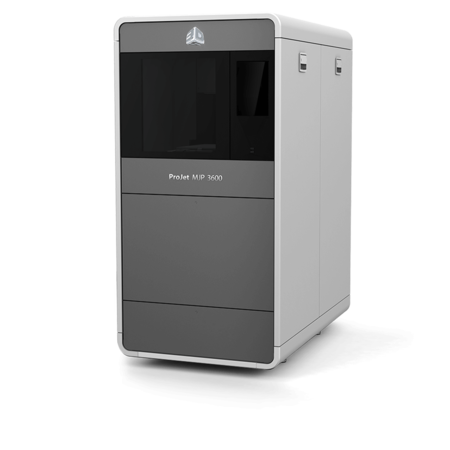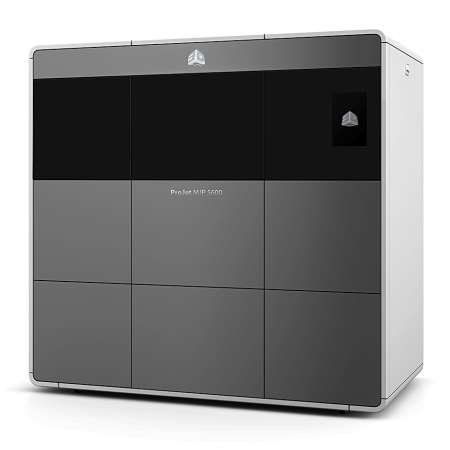US military UAV’s logged 400,000 hours in 2008 and the US Custom and Border protection Agency has employed more than 200 UAVs for border control. Although successful, the UAV was not designed to fly in the urban and indoor environments and as terrorism becomes the focus of future warfare, the intelligence, surveillance and reconnaissance mission will most likely be executed in those environments. Therefore the MAV, Micro Air Vehicle, offers tremendous potential for both military and civilian uses too dangerous for humans, from searching buildings or caves for terrorists to probing damaged nuclear plants for radiation leaks or collapsed mines for survivors.
“The small scale of the MAV requires a dramatic change in the air vehicle design paradigm, one as great as that faced by the Wright Brothers a century ago.’ said Dr. Huang. ‘With the extremely small size and fine feature detail, the ProJet MJP printer is the only 3D printer up to this challenge.”
- Dr. George Huang, Professor, and Chair, Department of Mechanical and Materials Engineering, Wright State University, Dayton Ohio
Dr. Huang, an expert in aerodynamics and computational fluid dynamics was recruited to Wright State to develop and implement project-based MAV development programs for undergraduate and graduate students. Commissioned by the Airforce and using the science of Biomimicry his team determined that the ultimate flying machine to emulate for a MAV is the dragonfly. To support their efforts and deliver a flight-ready prototype like you see in the photographs, Dr. Huang chose the ProJet MJP 3-D Printer. The team now relies heavily on this easy-to-use 3-D Printer as they iterate and improve the overall MAV design.
The current MAV is about the size of a bird and is flown using a remote control. It is truly amazing to see how fast, maneuverable and lightweight the prototype is with extremely small parts and gears printed by the ProJet MJP printer.
The team has been recognized for their success and is already developing the next generation of their Micro Air Vehicle. With Dr. Huang’s leadership, they intend to design a version with an even smaller form factor that will fit in the palm of a hand and weigh about 5 grams.
And not too far in the future, the MAV team from Wright State University envisions a vehicle the actual size of a dragonfly.

